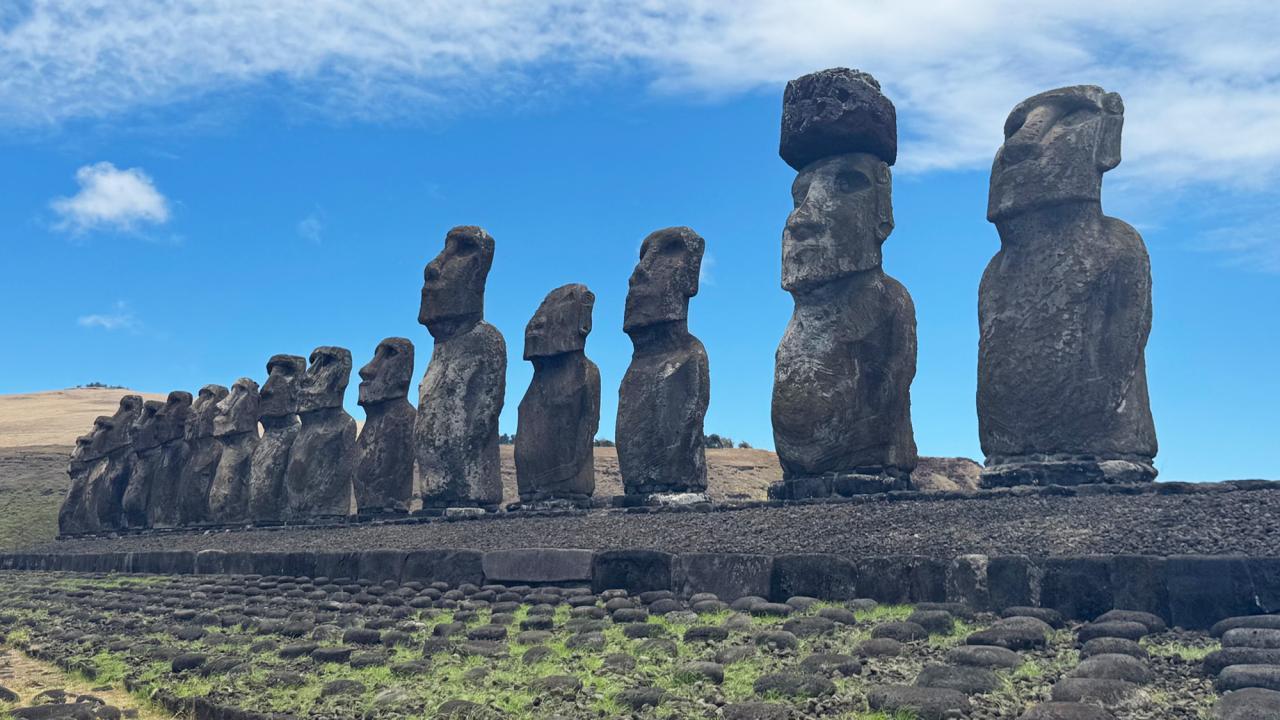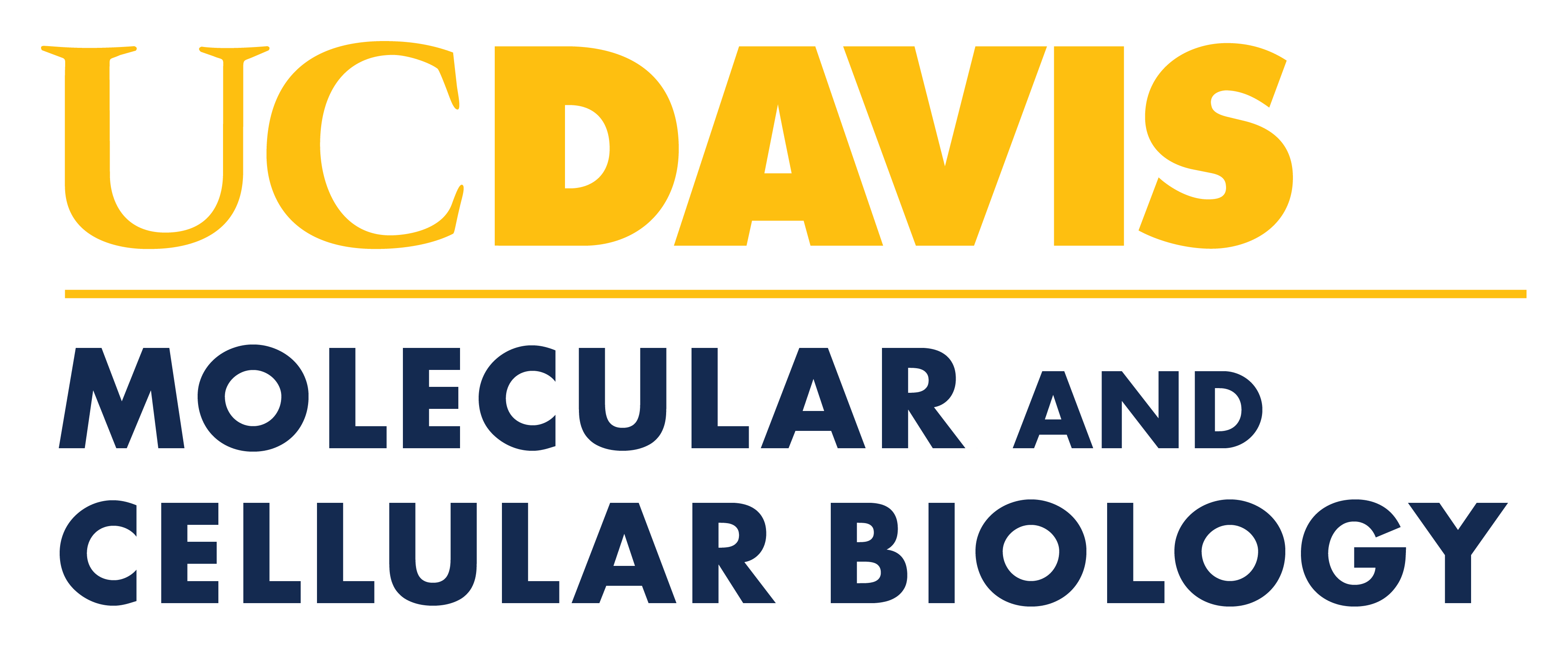
Revisiting a Medical Marvel
UC Davis Biologist Builds Inroads with Remote Pacific Island that Spawned a Powerhouse Drug
When drug breakthroughs happen, the medical community rejoices. But some people can be left behind. Case in point: Rapamycin. Now a UC Davis professor is investigating how to bring back the benefits of a revolutionary drug to the people who were there from the beginning.
Rapamycin is a natural chemical produced by bacteria, and its discovery in 1964 spawned a scientific revolution. Derivatives are used to prevent organ transplant rejection and treat cancer – and generate upward of $400 million in annual sales for pharmaceutical companies. Rapamycin is also used by scientists around the world in research that may yield treatments for many other conditions, too, perhaps even aging.
But Ted Powers, a professor of molecular and cellular biology, is drawn to a different aspect of this blockbuster drug: its chance discovery from a soil sample collected on the remote Pacific outpost of Easter Island, or Rapa Nui, by Canadian scientists on a medical expedition.
